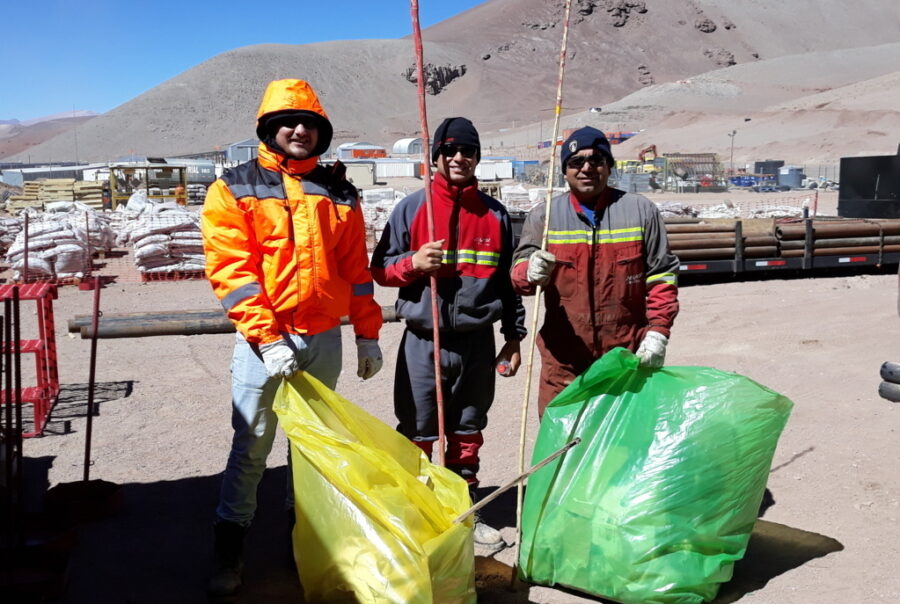Greenhouse Gas Emissions
Major Drilling has been publicly reporting on greenhouse gas (GHG) Emissions since 2018. We believe the world must pursue the concurrent objectives of limiting climate change through reductions in greenhouse gas emissions, while providing access to reliable and affordable minerals, including metals and minerals that are needed in decarbonization (such as copper and lithium) to support economic development and improved living standards. As part of these efforts, Major Drilling seeks to identify opportunities for GHG emissions reduction and is actively pursuing partnerships with clients and suppliers in these efforts.
Read more about Major Drilling’s GHG emissions in our most recent Sustainability Report.
Biodiversity
Context And Ultimate Responsibility
In the mining industry, it is the mine owners and operators that are generally charged with the responsibility for managing and protecting biodiversity as they are the ones who own or control the land and/or have the relevant permits to operate on the land where Major Drilling performs its services. As such, it is the mine owners and operators, particularly those with operations in or near ecologically sensitive areas, that are primarily exposed to the risks of biodiversity loss and that have significant reclamation and remediation obligations. Road development and site access is also generally undertaken by the mine owners and operators within the scope of their environmental policies and permits and any other regulatory requirements. As the drilling services contractor to these mining clients, Major Drilling deploys its crews and drilling rigs to our clients’ project sites to undertake specific drilling services pursuant to the client’s drill program requirements including any biodiversity loss management measures adopted by them.
Our Commitment
We commit to following the specific environmental requirements and policies of our clients on each of their specific sites where we operate around the world, while also meeting our own internal environmental policies, as well as relevant host country laws and regulations and/or industry best practices where the former is lacking. Once a project is awarded by a client, we will inquire about potential biodiversity concerns and sensitivities of note on or near the worksite.
We are committed to minimize and mitigate the environmental impact of our drilling operations, and to work in compliance with, and in support of, our clients’ biodiversity management plans and policies, and any of their site-specific biodiversity action plans.
Click here to view our Biodiversity policy.
Responsible Water Use
Major Drilling exercises responsible operational water management; identifies opportunities for reducing water use; and recycle/reuses water where possible in our operations around the world.
Water use varies greatly depending on the type of drilling employed, e.g. diamond/core drilling, RC, percussive, drill & blast, with the latter three using very minimal amounts of water. The water used in diamond/core drilling is used to keep the drill bit cool, remove the cuttings, and float the cuttings to the top of the hole to ensure the drilling rods don’t get stuck. More water is required in the hole the deeper a drill bit goes, as the cuttings have to float further. Water use also varies by geography, local regulations, and the type of rock being drilled. Generally speaking, our senior customers are much more likely to employ water recycling tanks or pits, a practice that is not as common among the more junior customers.
Read more about Major Drilling’s responsible water use in our most recent Sustainability Report.


